Northeast Ohio abounds with remnants of Earth’s ancient past. Ancient riverbeds are still visible, though their waters have been lost to time, and extinct creatures of all shapes and sizes are frozen in time, deposited in local stone. These goldmines of prehistory abound through our region and offer glimpses into a past that may leave you surprised.

During a geologic period known as the Cambrian Period, trilobites and algae began to appear in Ohio’s ancient ocean. Plant and animal life alike blossomed as the Ordovician and Silurian Periods came and went.
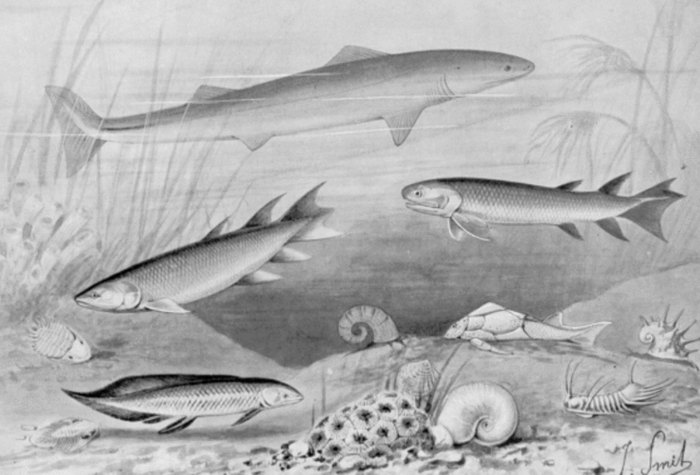
The ocean grew richer in its collection of life as it approached the Devonian Period around 410 million years ago, with seeded plants, amphibians, and other impressive lifeforms adding interest to the landscape.

Ohio, of course, was under water at this time. As critters were going about their daily lives and evolving with each generation, another natural force was quietly taking place. The waters moved and settled a variety of sediments, forming rocks like shale and sandstone and subtly preserving the remains of ancient marine life.
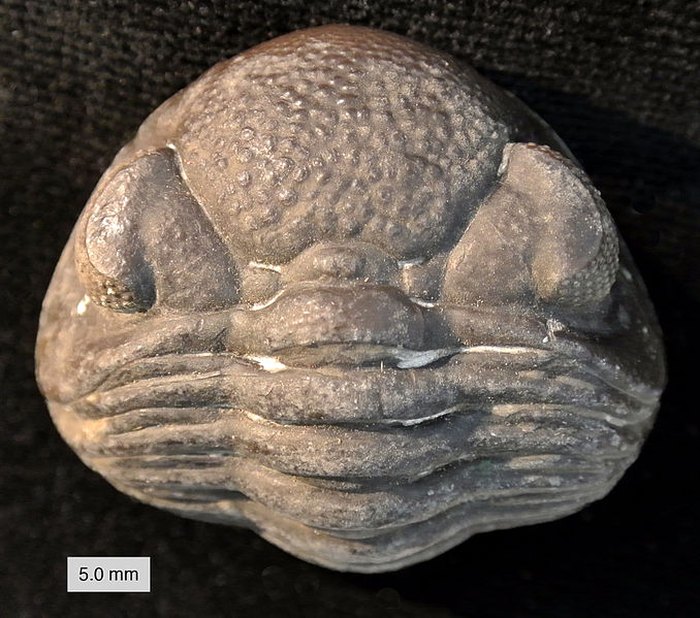
Today, many of these ancient lifeforms are well-preserved in local shale, especially in the deposits found in the Rocky River Reservation.
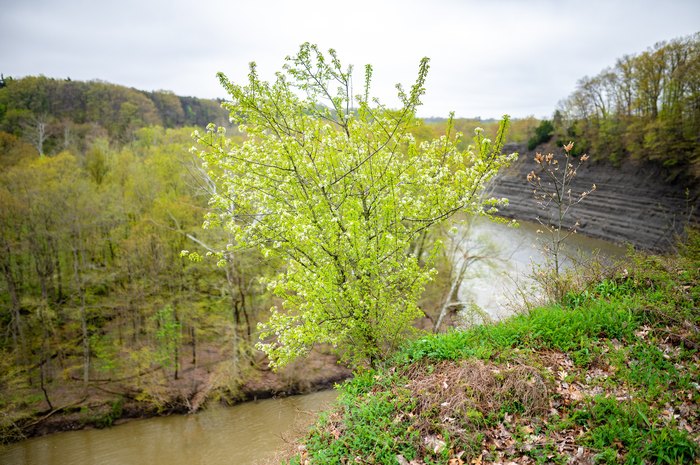
Believe it or not, the Cleveland area is now a world-class site for shark-hunting paleontologists. One of the earliest armored fish discoveries was made just following the Civil War in Sheffield Lake, and locals’ minds were filled with grand visions of fearsome beasts following this incredible happenstance
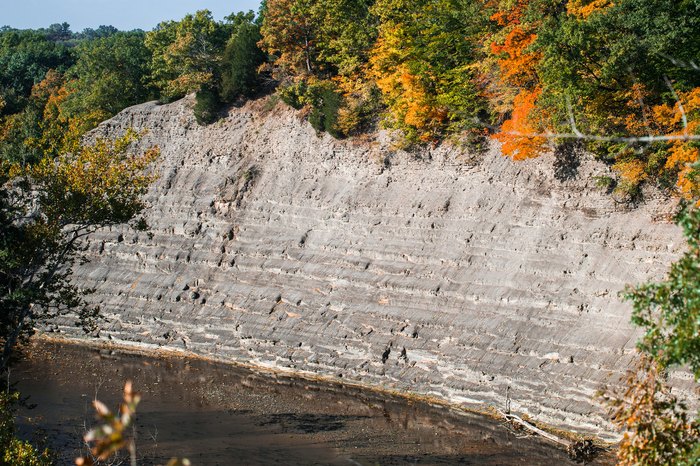
A discovery in the shale cliffs along the Rocky River helped the Cleveland Museum of Natural History begin to grow its now world-renowned collection of Devonian-era fossils.
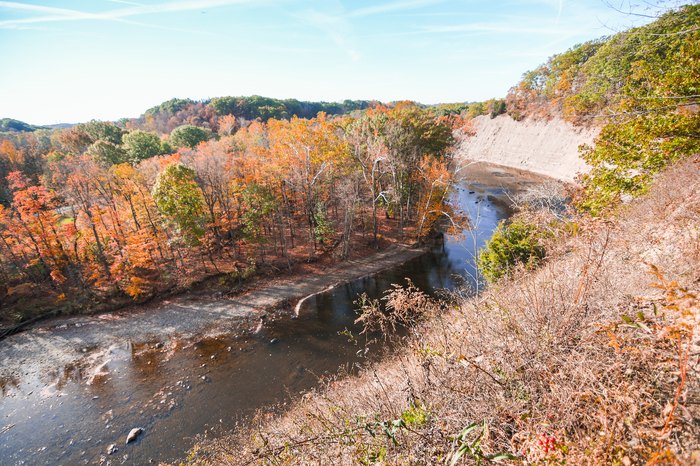
It was 1928 when Peter Bungart and Jesse Earl Hyde’s paleontological team uncovered the remains of Dunkleosteus terrella, an ancient armored fish that lived in our ancient ocean over 360 million years ago. This species could grow up to 20 feet in length and could weigh more than a ton.
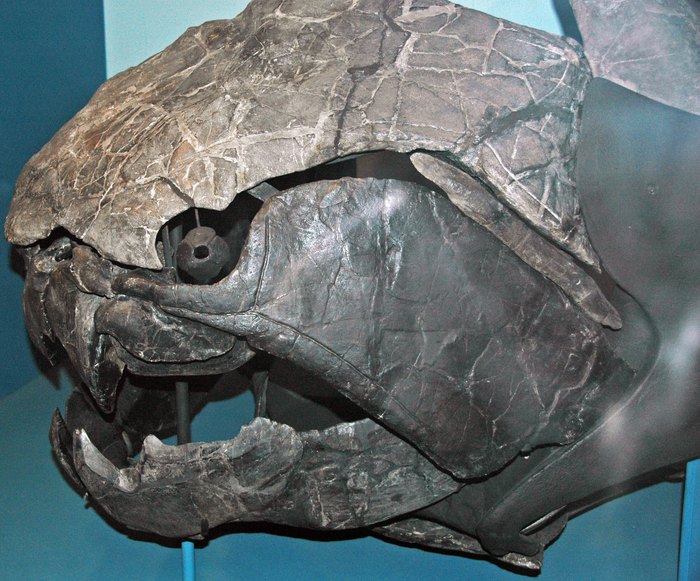
When the team excavated the ancient armored fish (with the blessing of the park district, of course), they took the remains back to the museum and slowly chipped away at them for the next eight years.
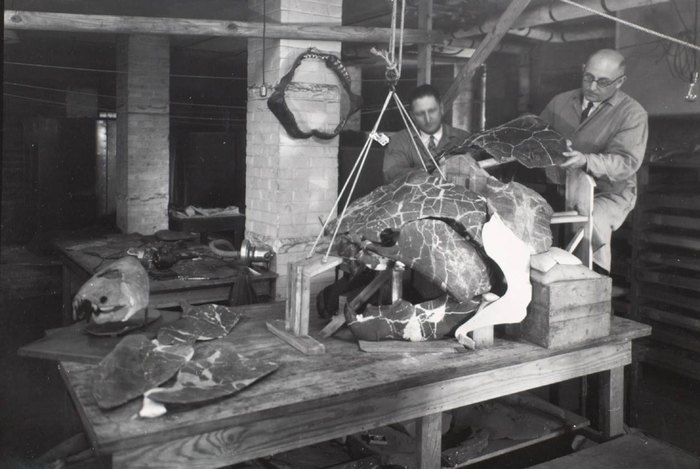
flattened the fossil. After Bungart’s team fully uncovered and pieced together the fossil, they found that it was the most complete specimen of a Dunkleosteus terrella anywhere in the world. This find was one of the earliest and most distinguished of the Cleveland Museum of Natural History’s fossil fish specimens.

This discovery helped the Cleveland Museum of Natural History gain recognition as an important institution, as well as help fuel conservation efforts in the Cleveland Metroparks.
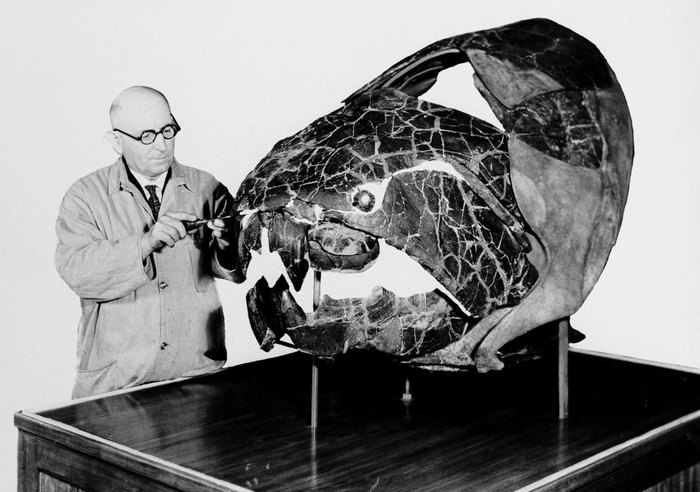
Locals realized that our parks were overflowing with value. Not only do they provide lovely outdoor spaces that residents can enjoy, but they also hide pieces of the prehistoric and recent past. The park and the landscape of Big Creek Reservation were frequented by the museum until the 1950s.

While fossil hunters from the museum have thoroughly picked through the Cleveland Metroparks, exquisitely preserved sharks and armored fish are still unearthed in the area to this day.

The construction on Interstate 71 in the 1960s unveiled a treasure-trove of ancient life – a discovery that would turn out to be the largest grouping of late-Devonian fish fossils anywhere in the world. Due to the delicate nature of uncovering and preserving fragile material, much of this collection is still in the museum waiting to be sorted. Even more specimens are still in the ground, awaiting discovery.

Locals have always known that the Cleveland Metroparks are a true gem, but they’re also an absolute treasure-trove of ancient life.
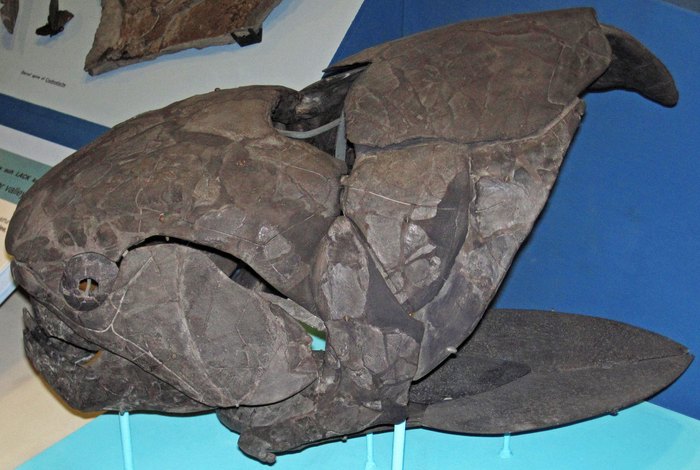
Natural history is abundant here in Ohio, and some of the most exquisitely preserved armored fish and sharks still lurk in the area, awaiting discovery. Were you surprised to learn of this incredible local discovery?
For more information about this discovery and some of the incredible fossil finds currently on display at the Cleveland Museum of Natural History, visit the museum’s website and follow along on its Facebook page.
Cleveland Museum of Natural History Address: 1 Wade Oval Drive, Cleveland, OH 44106Hours: Monday – Saturday from 10 a.m. to 5 p.m. (with extended hours on Wednesdays from 10 a.m. to 10 p.m.) and Sunday from 12 p.m. to 5 p.m.